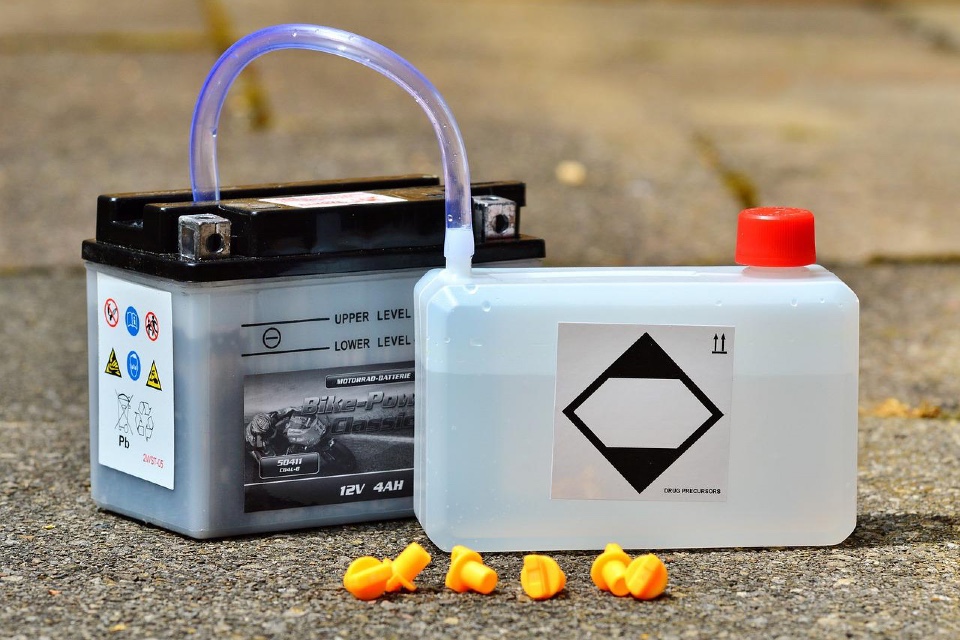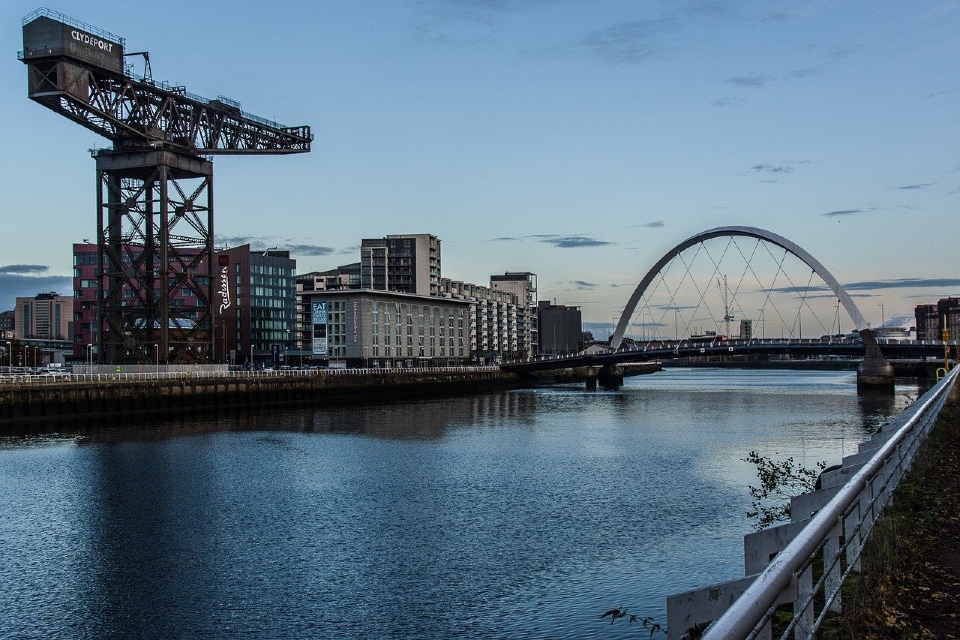Data data data – The key for logistics and transportation businesses to meet their sustainability goals in 2024

By Serge Schamschula, Head of Ecosystem at Transporeon, A Trimble Company It is fair to say that the EU has certainly been in full ‘green mode’ in recent years, with the aim to reduce net greenhouse gas emissions by at least 55% by 2030. And, in its bid to meet this ambitious, long-term environmental and […]
Why Europe’s driver shortage isn’t just a personnel problem

By Stephan Sieber, CEO, Transporeon It’s no secret that global supply chain disruption has dominated headlines since mid-2020. And, over the past three years, the continuing aftershocks of the COVID pandemic, combined with geopolitical factors and an economic downturn, have caused significant upheaval for shippers, cargo receivers, service providers, brokers, freight forwarders, carriers – and […]
ITF: Tackling transport CO2 emissions ‘reduces investment needs for core infrastructure’

An ambitious transition to sustainable transport could be cheaper in terms of investment into core transport infrastructure than continuing as is – if action is taken now. This is the main message of the ITF Transport Outlook 2023 report of the International Transport Forum at the OECD, presented on 24 May at the global Summit […]
Government touts ‘success’ of transport decarbonisation measures

Electric motorbikes and mopeds will soon become the norm on UK roads, said the Government, as it set out a range of measures to mark a year of success since the Transport Decarbonisation Plan was introduced. The plan set out the UK’s ‘greenprint’ to create cleaner air, healthier communities and tens of thousands of new […]
Glasgow hydrogen fuel storage project gets cash injection

A ‘first-of-a-kind’ hydrogen storage project near Glasgow has been backed by nearly £10 million in UK government funding, which it says will help create high-skilled jobs and drive progress towards decarbonising the UK transport sector. The £9.4 million cash boost will see the Whitelee green hydrogen project develop the UK’s largest electrolyser, a system which converts […]
Wales receives £32m transport infrastructure boost

Grants of more than £32 million have been announced by Economy and Transport Minister Ken Skates in an effort to improve transport links across Wales. Over 100 applications were received after local authorities were invited to submit for funding, with 52 schemes selected across 21 local authorities supported by £28.8 million from the Local Transport […]


